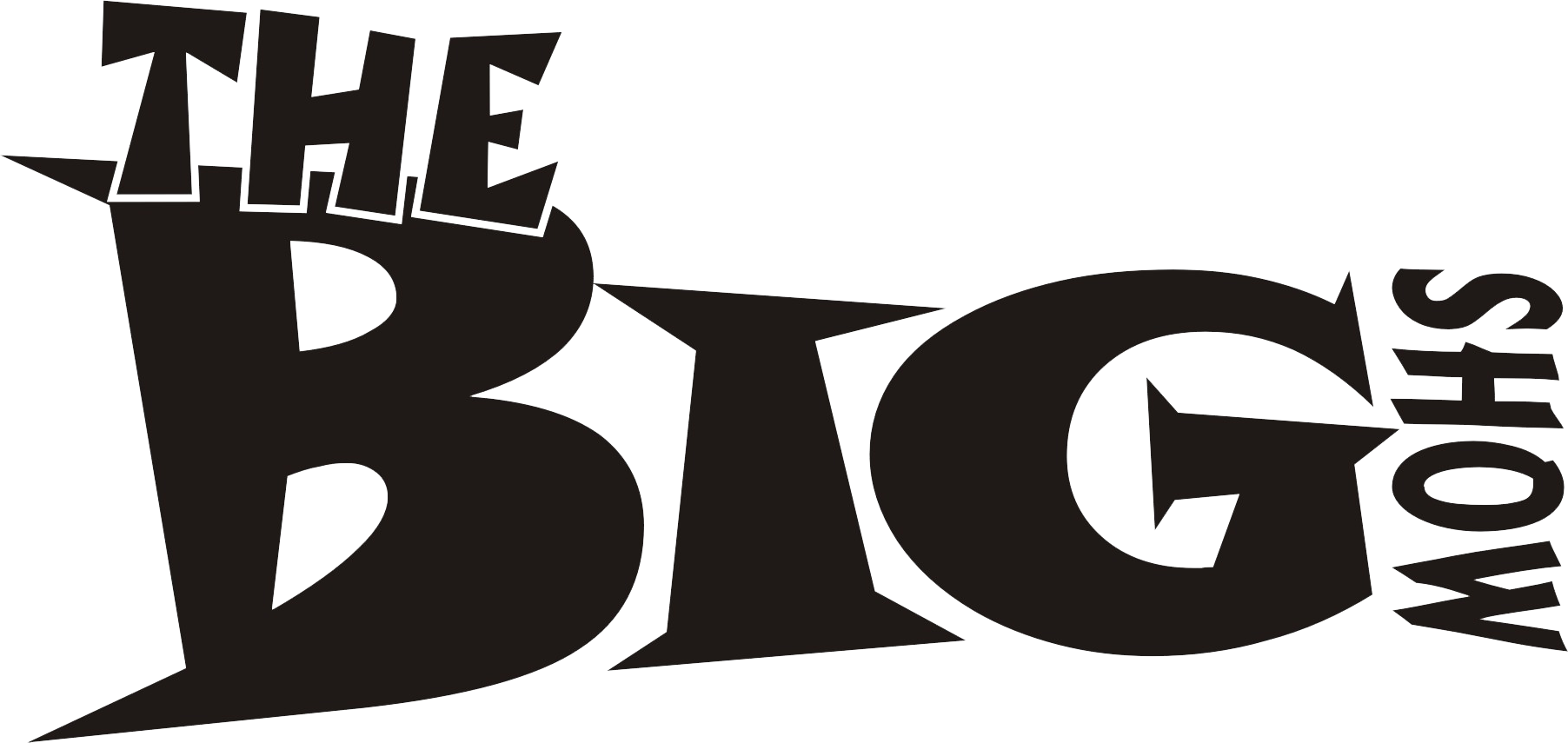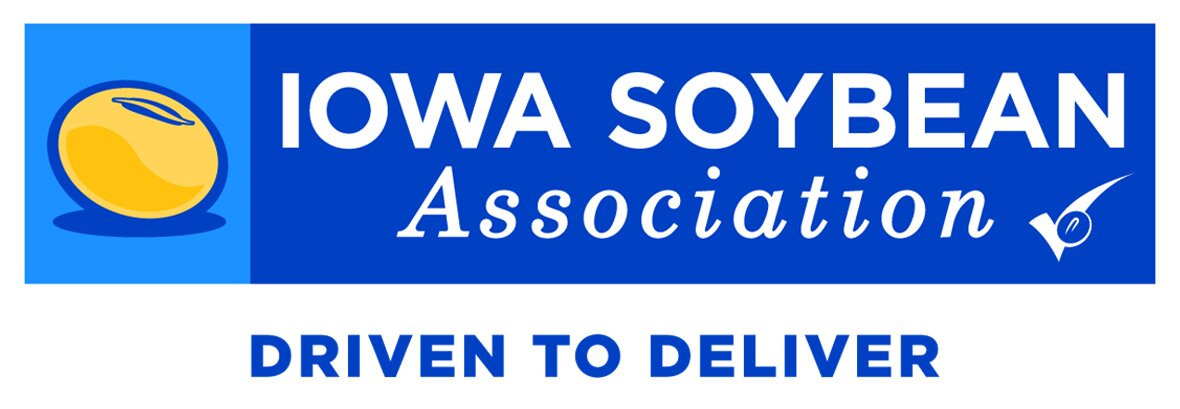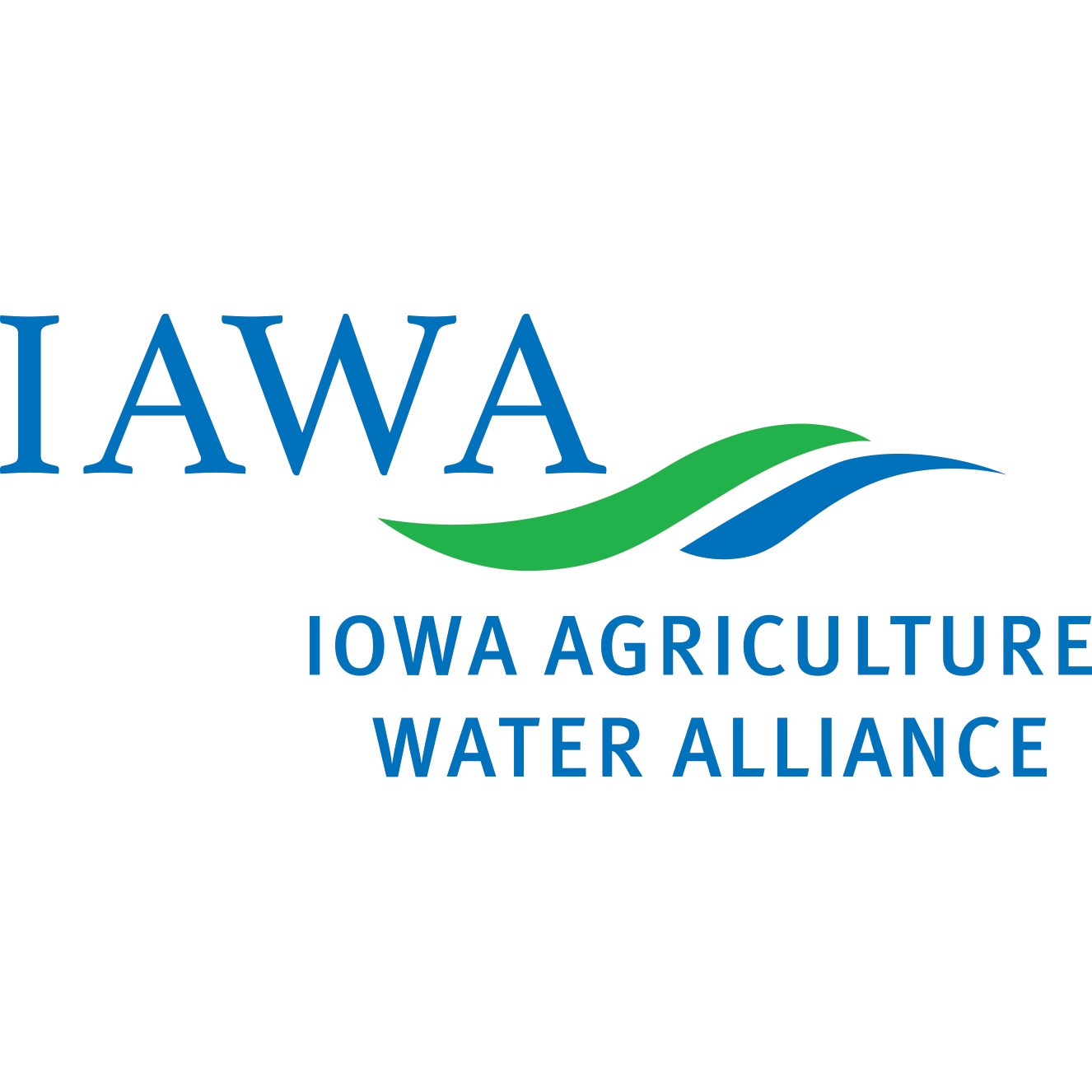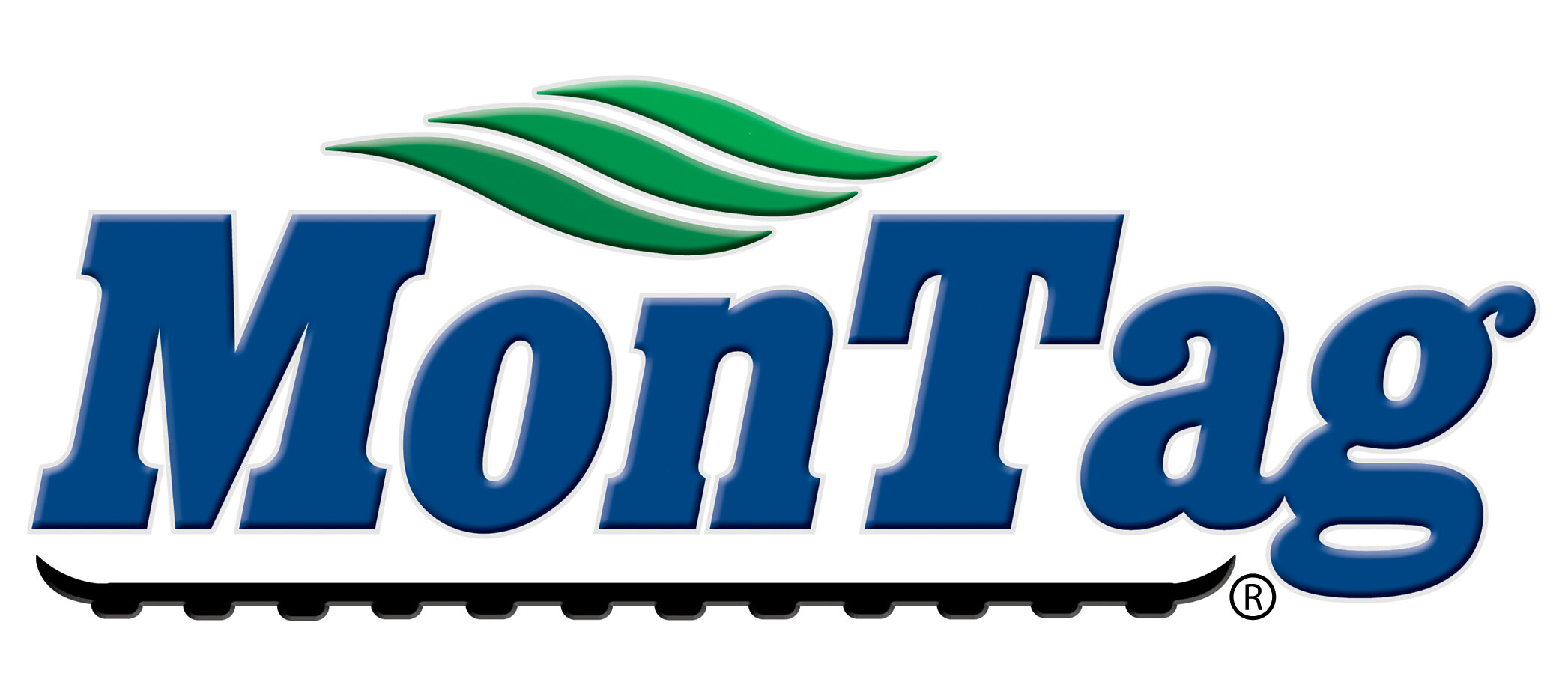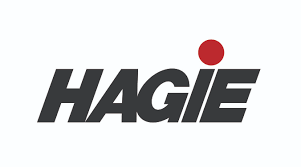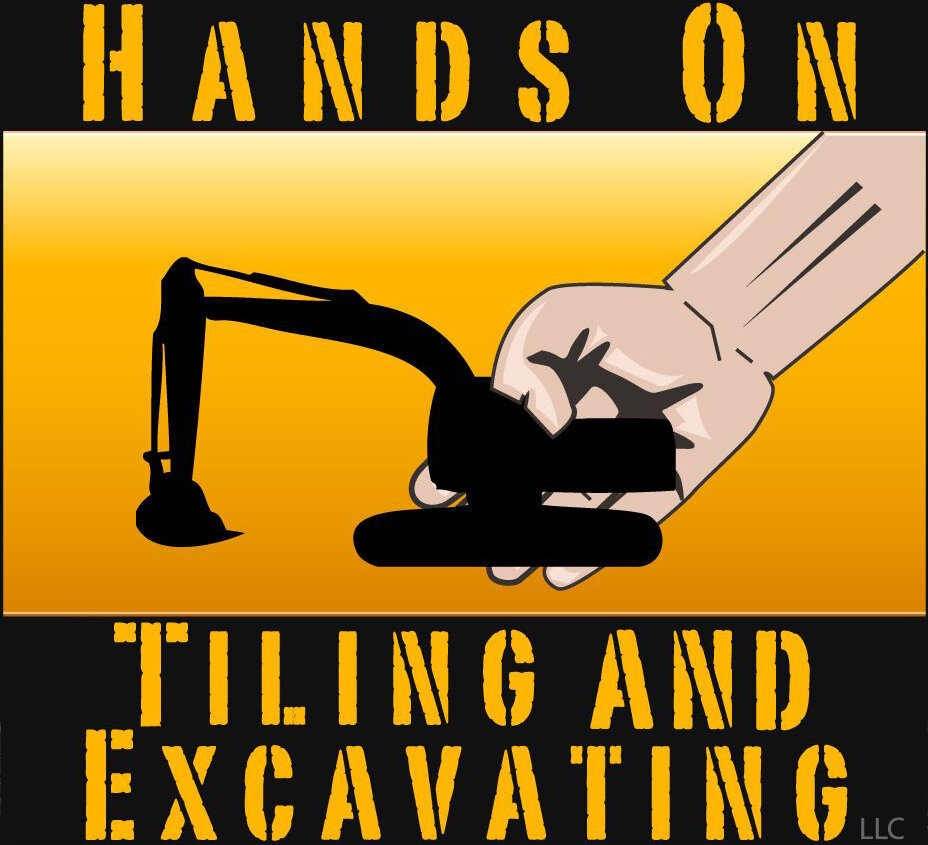The Clean Water in Iowa Starts Here campaign is a joint initiative between the Iowa Department of Agriculture and Land Stewardship, the Iowa Soybean Association, multiple agricultural commodity groups, and WHO Radio. This spring, we’re kicking off year two of the Clean Water in Iowa Starts Here campaign. We’ll be visiting rural and urban conservation projects to highlight the work farmers, landowners, municipalities and homeowners are doing to improve water quality. We're working to raise awareness about the conservation work happening around the state, and we want to help you understand how you can play a role in improving water quality here in Iowa and downstream. Whether you own a home in the suburbs or a farm in the countryside, there are little things we can all do every day to make a difference.
5 things farmers/landowners can do to improve water quality and soil health
Plant cover crops and implement rotational grazing – keeping the ground covered year-round decreases erosion and compaction, reduces Phosphorus and Nitrogen losses, and helps manage weed pressure. It’s also a great way to feed livestock, who can add manure and organic matter to the soil.
Utilize no-till/strip-till practices – minimizing the disturbance of the soil helps reduce the loss of Phosphorus and can save fuel and labor costs for the operation.
Evaluate your nutrient management practices – implementing the 4R Plus program is a great way to get started. By applying the right source of nutrients, at the right rate, at the right time, in the right place, you can maximize plant growth and development while minimizing nutrient losses.
Plant pollinator habitat – consider adding pollinator habitat to pockets of the farm, especially to marginally productive acres or corners that are hard to manage.
Diversify and extend crop rotations – Diverse crop rotations can reduce pests and diseases that are specific to certain plant species.
5 things we can all do to improve water quality
Keep your grass clippings in your lawn, do not brush them from the sidewalk or driveway into the street.
Redirect the downspouts on your home to drain into the lawn instead of the driveway.
Clean up oil, antifreeze, and fertilizer spills to prevent them from running into the storm drains.
Compost lawn clippings instead of sweeping them onto the sidewalk or street, where they will run into the storm sewer and damage infrastructure and local creeks.
If you notice lawn fertilizer on your driveway or sidewalk, sweep it back onto the lawn.
FundinG to help you get started
Financial assistance for conservation
Iowa Conservation Reserve Enhancement Program (CREP)
USDA Regional Conservation Partnership Program (RCPP)
USDA Environmental Quality Incentives Programs (EQIP)
Resources to help you Choose the right practices
Iowa Agriculture Water Alliance
Conservation Districts of Iowa




